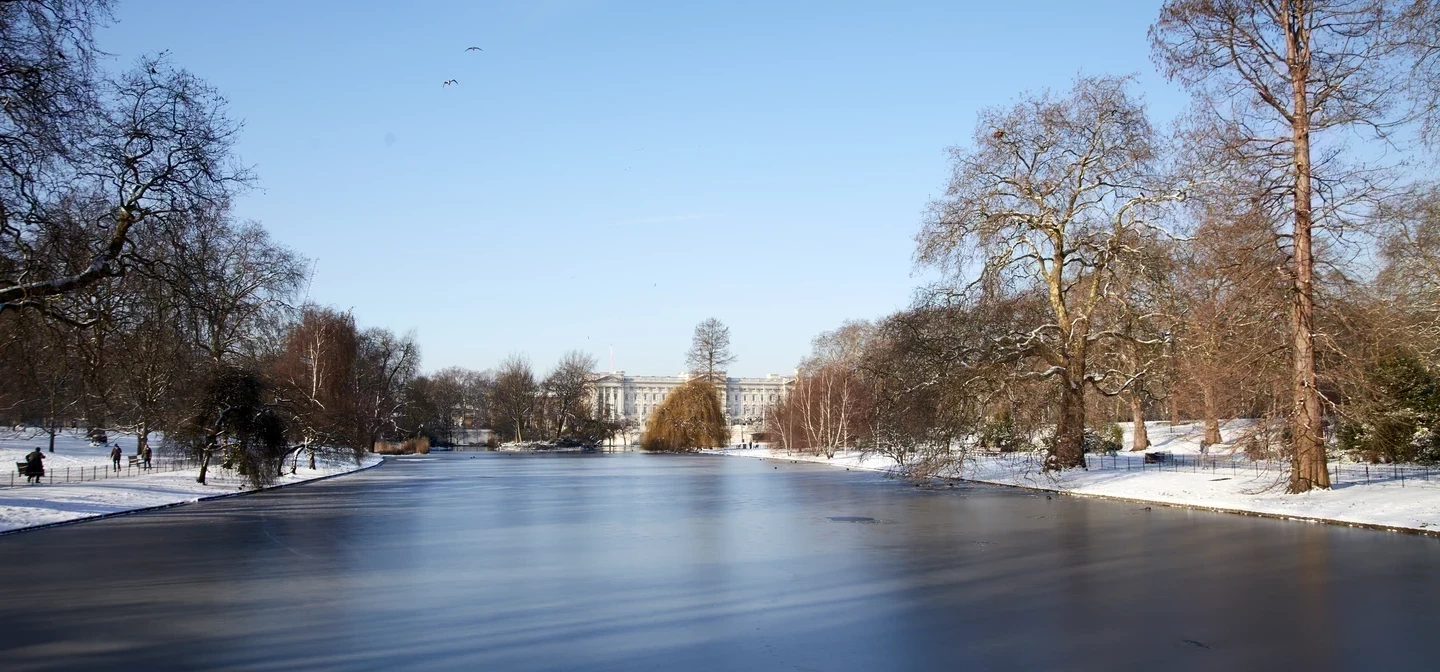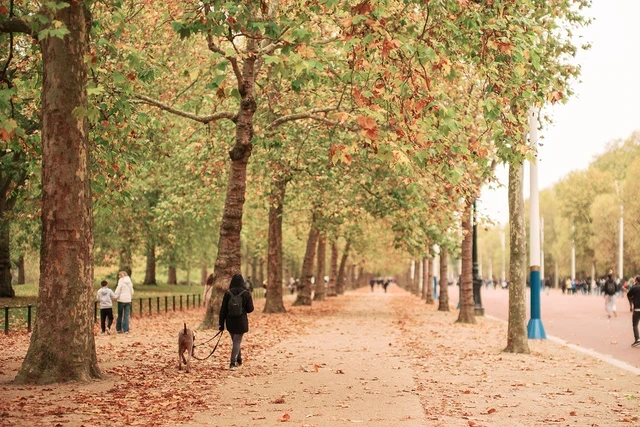
Welcome to St. James's Park
Pomp and circumstance. Buckingham Palace. And a princely pod of pelicans!
Key information
This is the most royal of London’s Royal Parks. Shaped by generations of monarchs and bordered by three royal palaces, St. James’s Park is the home of ceremonial events in the capital. From royal weddings and jubilees to military parades and state celebrations – this is the park where history is made. Come and explore it for yourself…
There’s always something to see here - from soldiers in scarlet tunics marching down The Mall to bright beds of flowers bursting with blooms. Don’t miss the classic London views from the lake, where you should also keep an eye out for the famous pelicans who call the park home. Did you know that pelicans have been kept at the park since 1664, when a Russian ambassador presented them to King Charles II? You can often find them perched on benches by the lake, graciously greeting visitors from around the world.
You’ll spot many famous landmarks in St. James’s Park – from sweeping Admiralty Arch to the ceremonial hotspot Horse Guards Parade. And then of course there’s Buckingham Palace – head down The Mall for that world-famous view! Among the park’s diverse statues, you’ll encounter the statue of Queen Elizabeth the Queen Mother, adorned in a resplendent, flamboyant plumed hat, a testament to regal elegance. Nearby, the simple yet poignant white marble Boy Statue invites reflection, adding a touch of innocence and contemplation to the park’s ambiance.
If you’re looking to get away from the crowds, wander along the peaceful lakeside path where you can admire the spectacular trees and abundance of colourful waterbirds. There’s always something new to discover in this historic landscape – from spring bulbs to autumn colours.
Discover more about St. James’s Park
-
The sounds of St. James's Park
Watch the videos and listen to the changing sights and sounds of St. James’s Park wildlife through the centuries.
-
Ghosts of the Royal Parks
Tales from the archives of a few of the ghosts people have reported seeing in London's Royal Parks.
-
The pelicans of St. James's Park
First introduced to the park in 1664, over 40 pelicans have since made the park their home. They are a popular sight with park visitors.
